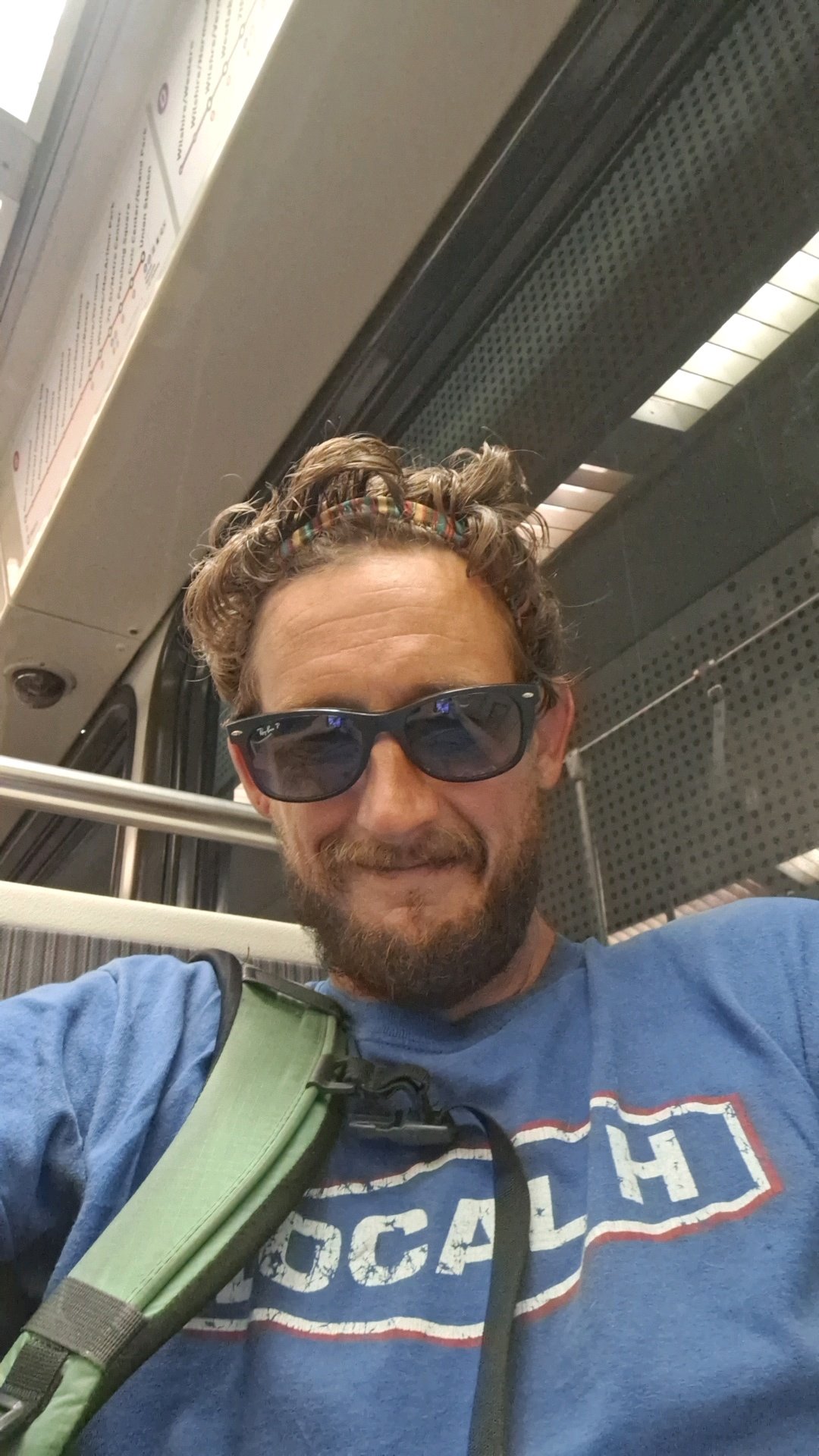LA Metro is testing out a six-month pilot program that focuses on the distance and spacing between different buses on the same line rather than scheduling buses on a fixed timetable.
The program, called “Headway Based Operations,” will be tested on one of Metro’s most used bus routes, the West Third Street 16 line between West Hollywood and Downtown LA.
The route is so popular that Metro is throwing out the bus schedule for the #16 between 7 a.m. and 5 p.m. on weekdays, which are its peak passenger period. The headway based method
Under normal operations, buses follow a schedule. with set arrival and departure times. In transit parlance, that is called a “time point.”
But buses sometimes arrive at the same time at a stop, leading to longer passenger wait times and other issues.
-
Workers and hotels to resume talks this Tuesday
-
Projects drain surrounding communities
-
Tracks along San Clemente are fixed
“[The] problem we find is time points, when we only have four or five of those along a line, we don’t necessarily have the ability for our bus operators to manage to keep the buses spaced out so that we don’t end up with two of them together and then a long gap between the next bus in service,” said Joseph Forgerini, Senior Executive Officer for Service Development at Metro.
That’s where the headway based system comes in. Forgerini says Line 16 is the perfect route to test out this spacing system on.
“It’s one of our busiest lines. It’s very high frequency," he said. "We’d normally do this type of headway based service on very frequent lines where the service is at least every 10 minutes.”
Line 16 transports about 17,500 passengers and runs every six minutes on weekdays, so avoiding the clustering of buses is important to keeping the line efficient. How it works
Thanks to advances in technology, supervisors will monitor the intervals at departure, in the middle of the line, and at the end of service. Additionally, bus operators will have tablet displays that provide real-time feedback on when their pacing is good, when to slow down to increase the gap between buses, and when to speed up to avoid bunching.
Metro attempted this same system back in the early 2000s when it launched its Metro Rapid line. That program was eventually discontinued.
“One of the challenges we found back then…the operators really did not have anything on board the bus to help them directly know how they were positioned,” Forgerini said.
Similar headway based programs had been tried in other large cities like Honolulu, Austin, and Seattle.


This happens on the 4 fairly frequently. It’s really frustrating.